
You’re losing good people. Again.
Your development director just handed in their notice. Your major gifts officer is “exploring other opportunities.” And don’t even get me started on that grants writer who lasted exactly six months.
Sound familiar? You’re not alone. But here’s what keeps me up at night: your mission depends on money, and your fundraising staff is critical to getting it.
The Real Cost of Nonprofit Employee Turnover
Recent research from Rogare, a leading fundraising think tank, dropped some hard truths about our sector. While other industries struggle with 11.7% staff turnover, nonprofits are bleeding talent at 18.1%.
That’s not just a number on a spreadsheet. That’s your mission walking out the door.
Every time you lose a fundraising staff member, you’re not just losing an employee. You’re losing:
- Donor relationships that they built over months or years
- Knowledge about what works (and what doesn’t) for your organization
- Momentum on major campaigns and initiatives
- Time and money spent on recruitment and training
To say nothing of your systems. From a donor’s perspective, what do they think when the newsletter they’ve looked forward to every week suddenly disappears? Or when they look for that year-end letter in the mail…not knowing that the latest development director has decided to do away with direct mail in favor of digital?
I’ve seen organizations spend six months finding the “perfect” development director, only to watch them leave after 18 months. The cycle repeats. The mission suffers.
Why Your Best Fundraisers Keep Leaving
After 30+ years in this sector, I’ve watched countless talented fundraisers walk away from organizations they genuinely cared about. The Rogare research backs up what I’ve seen firsthand: it’s not really about the money.
Sure, nonprofits don’t pay as much as the corporate world. But that’s not the main problem.
The real issue? Poor job design.
Your fundraisers want two things that cost you almost nothing:
- Autonomy – Let them make decisions about how to do their work
- Variety – Give them different challenges that use their full skill set
Sound simple? It is. But most nonprofits get it wrong.
The Control Problem That’s Costing You Millions
Here’s where many executive directors and board members mess up. You hire smart, experienced fundraisers. And then you micromanage them to death.
I’ve seen boards set impossible fundraising targets without asking for input from their development team. I once coached a major gift officer who was not “allowed” to attend board meetings! I’ve watched executive directors override fundraising strategies because “that’s not how we’ve always done it.”
Your fundraisers know their stuff. Trust them. Or watch them leave.
As I wrote in my previous post about keeping your development director, the organizations that succeed give their fundraising staff real authority over their work.
The Skills Gap That’s Quietly Killing Retention
The Rogare research revealed something interesting: fundraisers crave skill variety more than other nonprofit staff. They want to grow, learn, and tackle new challenges.
Yet how many nonprofits invest in serious professional development for their fundraising team? How many create career paths that don’t require becoming a manager?
Your development staff didn’t get into fundraising to do the same thing every day. They want to:
- Master new fundraising techniques
- Take on bigger, more complex campaigns
- Develop expertise in different areas
- Feel like they’re advancing in their career
When they can’t grow with you, they’ll grow somewhere else.
What Actually Works: Proven Staff Retention Strategies
Over the years, I’ve worked with organizations that crack the code on fundraising staff retention. Here’s what they do differently:
They involve fundraising staff in target setting. No more impossible goals handed down from on high. They collaborate on realistic, challenging targets that everyone believes in.
They create dual promotion tracks. Not everyone wants to manage people. They promote excellent fundraisers based on expertise, not just leadership skills.
They invest in real professional development. Not just conference attendance, but skills-based training that helps staff master their craft.
They conduct stay interviews, not just exit interviews. They ask current staff what would make them want to leave – before they do.
I’ve written about many of these strategies in my posts on nonprofit staff recruitment and making a plan for turnover.
The Fractional Solution: A New Way Forward
Here’s something I’ve learned: not every organization needs a full-time development director. Sometimes you need expert-level fundraising support without the overhead and risk.
That’s why I developed our fractional fundraising program. Instead of hiring, training, and potentially losing another full-time staff member, you get experienced fundraising leadership on a part-time basis.
It’s ideal for organizations that:
- Keep losing development directors
- Can’t afford a full-time senior fundraiser
- Need expert guidance during transitions
- Want to build fundraising capacity without the hiring risk
Your Mission Can’t Wait
Every day you’re understaffed or dealing with turnover is a day your mission suffers. Grants don’t get written. Donors don’t get cultivated. Major gift prospects slip away.
Your fundraising staff isn’t just another line item in your budget. They’re the engine that powers everything you do.
You can keep cycling through development directors, hoping the next one will stick. Or you can face the hard truth: the problem isn’t your people. It’s how you’re treating them.
Your fundraising staff wants to succeed. They want to help you change the world. Give them the autonomy, variety, and growth opportunities they need.
Because at the end of the day, your mission depends on money. And your fundraising staff is critical to getting it.
Ready to stop the turnover cycle? Learn more about fractional fundraising and how it can provide your organization with stable, expert fundraising leadership without the hiring headaches.
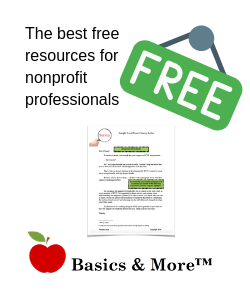
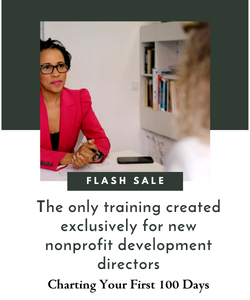
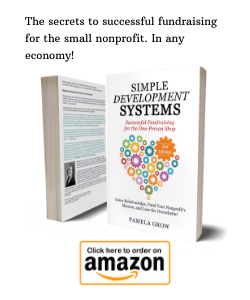
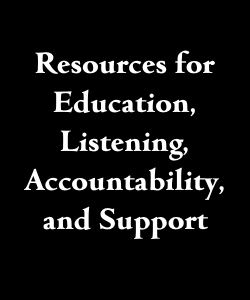









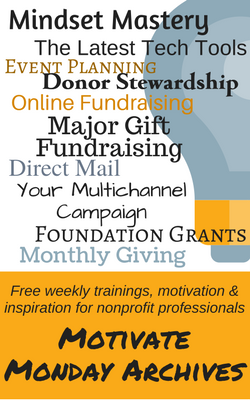




 I can’t wait to meet with you personally.
I can’t wait to meet with you personally.
Comments on this entry are closed.